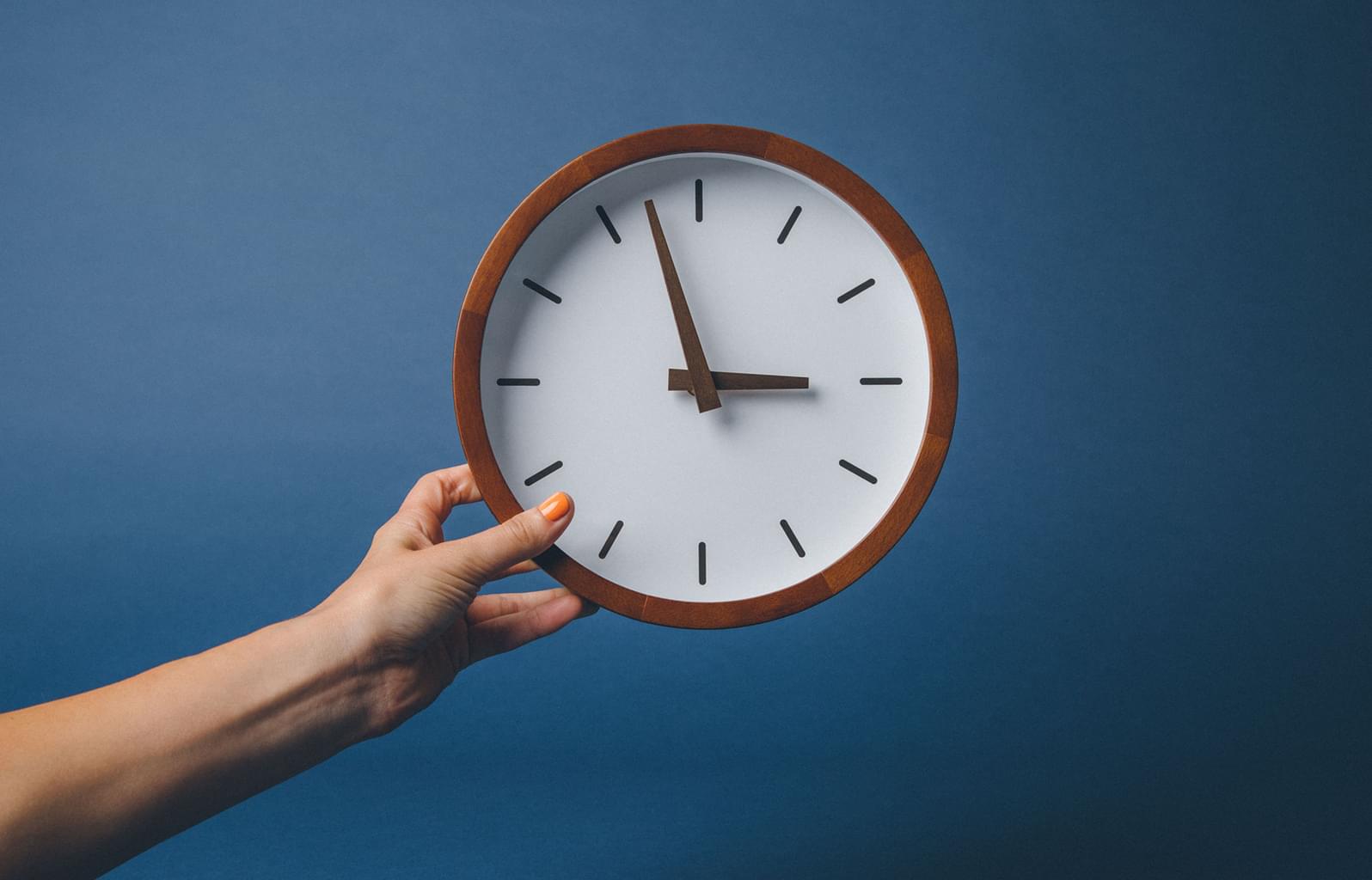Article • 3 min read
Tip of the Week: Using business hours in your triggers and notifications
Senest opdateret October 14, 2011
[Editor’s note: you’ve unearthed an artifact from the old days. For the most up to date information, visit: https://support.zendesk.com/hc/en-us/articles/203662206]
To help manage your workload, Zendesk allows you to set business hours for your help desk. This can be done by an administrator in Settings > Account > Localization > Business Hours . In this week’s tip, we explore some of the ways that business hours can be used in your triggers to control workflow and in notifications to your customers.
Since most of us can’t provide 24/7 support to our customers, you can use your business hours to at least acknowledge your availability and give your customers a better sense for when they can expect a personal response to their support issue. And if you are able to provide 24/7 support, because you have a globally distributed support team, you can use your business hours to control your workflow and how tickets are assigned to groups and agents.
Within triggers there’s a condition called Within business hours? and you can set it to either Yes or No. Based on this condition, you can set actions in the trigger to modify how your tickets are handled if they are received during or after your business hours.
This condition is also available in Liquid markup in this form: . Let’s start with that example first since we also use it in our Liquid documentation and it’s a pretty simple use of business hours. In that example, we create an email notification that sends one message if the ticket is received within business hours and a different message if it is not.
This Liquid markup would be added to the Email body of the Email user action in the Notify requester of received request trigger. You can read more about this and using Liquid in Using Liquid markup to customize comments and email notifications.
So that’s one simple way to use your business hours setting. But how would you use the Within business hours? condition within a trigger? In our Liquid example above, we had no need to use that condition. Tickets are received and the ticket property that makes use of the awareness of business hours is the Email user action. So, you can think of Liquid in this example as controlling the text within a notification and nothing more.
You’d use the Within business hours? condition to update other ticket properties such as who (agent or group) should be assigned to the ticket or for escalation. Let’s imagine that you provide premium support to one of your customers and you’ve promised them 24/7 support, meaning that if something comes up nights or weekends you’ve got an agent (or several) committed to responding to them ASAP. Because, for this customer, if it’s after hours it must be a big deal. So, you create a group to handle these requests and add those agents to that group. Let’s call it the Our Big Premium Customer After Hours Support group.
In this example, we’re identifying our big customer using a tag. We did that by mapping the customer’s email domain to an organization and then adding an organization tag (see Adding tags to users and organizations). Since an organization’s tags are automatically added to new tickets, we have the tag we need to identify our customer in this trigger.
If you’re using Zendesk Enterprise, you could also use a trigger like this to share tickets with another help desk (see Advanced ticket sharing with Zendesk Enterprise), rather than assign it a group within your own help desk. This would make sense if you set up a multi-branded help desk and one of your help desks in a different time zone provided after hours support, for example.
You can probably think of other ways to use your business hours, we hope this has helped to get you started.
